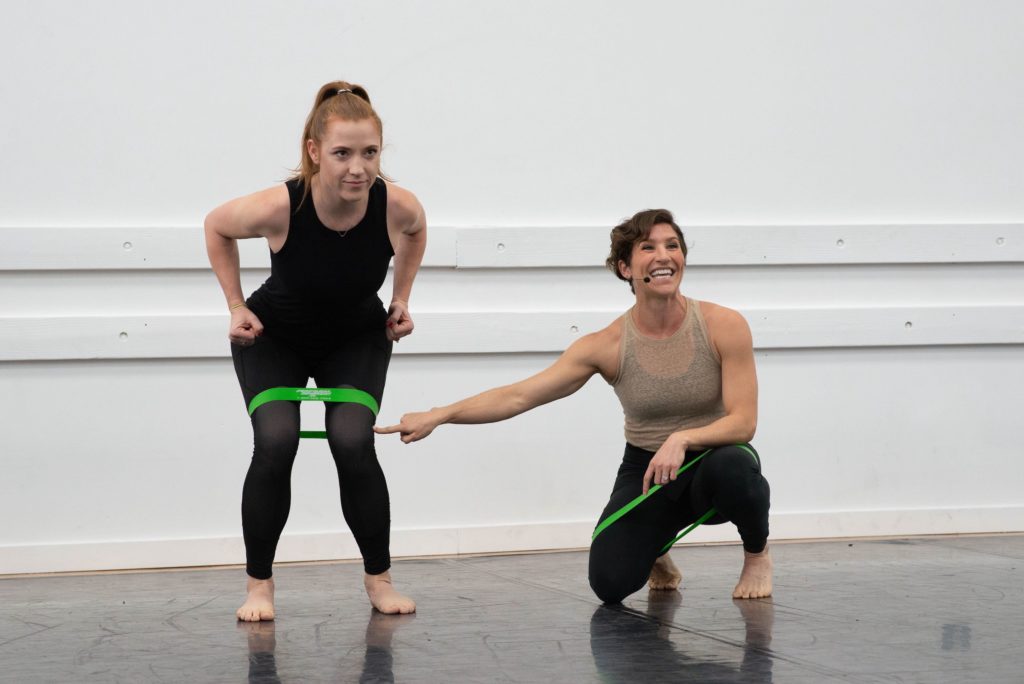As dance teachers, we know how important lesson planning is! Of course, we’ve all winged it once in a while, and that’s okay, but there’s no better way to teach a dance class than by having a set schedule and goals for your students. Preparing a lesson plan will help you boost your confidence during class, knowing that everything is ready, allowing you to spend more time being present and focusing on your students. Having learning objectives and a strong sequence for class can only make things go more smoothly!
Establish your level and style
When building your lesson plan, the most important part is to cater to the students who will be taking your class. Decide what style or movement you’d like to focus on during class. This will help you when planning the flow of your lesson and thinking about what choreography you’d like to incorporate into your class. It’s always helpful to know what your students have worked on already, so you can help them grow and develop from there.
After you’ve established your style, take into consideration the level and age of the dancers who will be actively participating. Make sure you’re using terminology and metaphors that will resonate with them.
Decide what your learning goal will be

In your plan, you should always have a specific objective or learning goal. This goal should be a skill or concept that you’ll want your dancers to feel comfortable with by the end of class, and it can be anything from mastering a single movement like a grand jeté or something broader like musicality and spatial awareness.
Once you’ve decided what you’d like to work on, it’s also important to address the learning styles of your students. If you’re teaching little ones, you might want to find a way to gamify your lesson! As the teacher, you’ll know what they’ll respond best to!
Sequence your class
Most classes have a similar flow to them, like beginning with a warm-up and ending with a cool-down. However, keeping in mind what your objective is and what style of dance you are teaching, the in-between sequence will change! When sequencing your class, it can be helpful to work backward and begin with your end goal to make sure that you’re progressing your class to work towards the hardest skill or final combination.
For example, if you’d like to work on grand jetes, think about what muscle groups you’ll need to activate and work on before going full out. You can begin with tendus and battements and light stretching before moving to the center, and end class by incorporating all that you’ve worked on into a full combination that includes a grand jete.
Write it all down
While there are many ways to sequence, it is always essential to have an outline of how you’ll construct your class. Of course, how you take note of this is up to you! You can use a computer, notebook, or even your phone. Whatever you choose, make sure you can bring your outline with you into the studio in case you need to reference it during class.
Take note of the equipment you’ll need
Last but not least, remember to make a quick checklist of everything you’ll need during your class. If you’re using music, make sure you have the proper adaptor for speakers or a clean version of the song. In terms of equipment, check-in with your studio for anything your students will need during the warm-up or cool-down section of the class (barres, mats, etc).
Find what works best for you

There are plenty of factors to consider when planning class, and not every class will be the same, which is perfectly fine. Ultimately, it is up to you to find the best process for yourself when building a lesson plan!
Remember to have fun and relax while you’re teaching! Your energy and confidence will help create a safe space for learning and growing.

